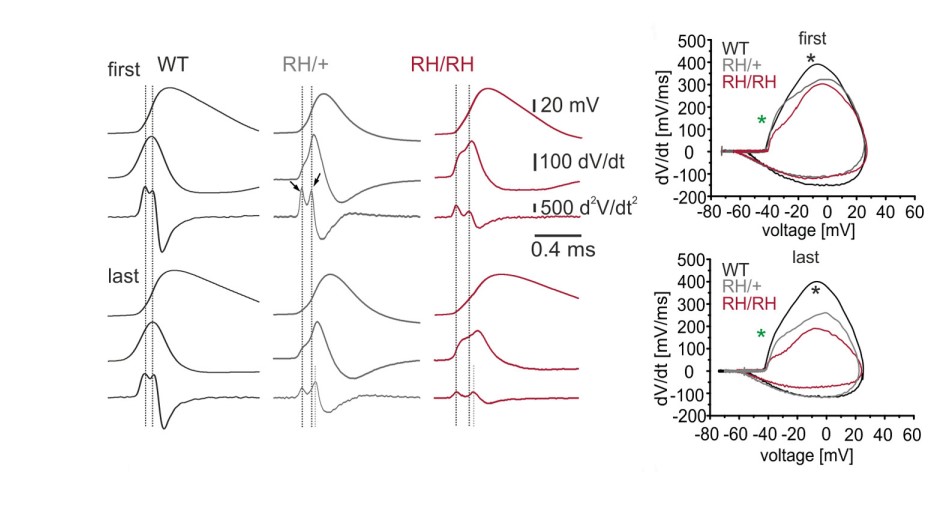- Home
-
Screening
- Ionic Screening Service
-
Ionic Screening Panel
- Ligand Gated Ion Channels
- Glycine Receptors
- 5-HT Receptors3
- Nicotinic Acetylcholine Receptors
- Ionotropic Glutamate-gated Receptors
- GABAa Receptors
- Cystic Fibrosis Transmembrane Conductance Regulators (CFTR)
- ATP gated P2X Channels
- Voltage-Gated Ion Channels
- Calcium Channels
- Chloride Channels
- Potassium Channels
- Sodium Channels
- ASICs
- TRP Channels
- Other Ion Channels
- Stable Cell Lines
- Cardiology
- Neurology
- Ophthalmology
-
Platform
-
Experiment Systems
- Xenopus Oocyte Screening Model
- Acute Isolated Cardiomyocytes
- Acute Dissociated Neurons
- Primary Cultured Neurons
- Cultured Neuronal Cell Lines
- iPSC-derived Cardiomyocytes/Neurons
- Acute/Cultured Organotypic Brain Slices
- Oxygen Glucose Deprivation Model
- 3D Cell Culture
- iPSC-derived Neurons
- Isolation and culture of neural stem/progenitor cells
- Animal Models
- Techinques
- Resource
- Equipment
-
Experiment Systems
- Order
- Careers
Action Potential Properties Assay
Action Potential (AP), which is a transient change in membrane potential, can be generated by excitable cells. The AP firing plays central role in cell-to-cell communications.
In Creative Bioarray, we offer the measurement of neuronal excitability on a single cell-level to evaluate the effects of pharmacological agents on distinct neuronal cell types, receptors, ion channels or neurotransmitter systems. Whole cell recordings are tailored to the specific characteristics and mechanisms of action of the investigational substance.

Fig.1 Physiological features of neurons particularly vulnerable in PD, SCAs and ALS, and how these features are affected in disease.
The goal of neuronal electrophysiology is to investigate how individual ionic currents and the interplay between currents in determining the profile and time course of AP. After passing neurotoxicity test, studies on drug discovery or drug safety should forward to how drugs affect neuronal electrophysiological functions like AP firing.

Fig.2 Analysis of AP initiation
Specifically, we can offer multi-parameter functional analysis including:
Action potential threshold
Action potential amplitude
Action potential depolarization time/repolarization time
Other action potential properties
References
Roselli F, Caroni P. From intrinsic firing properties to selective neuronal vulnerability in neurodegenerative diseases. Neuron. 2015; 85: 901–910.
Hedrich UBS, et al. Impaired Action Potential Initiation in GABAergic Interneurons Causes Hyperexcitable Networks in an Epileptic Mouse Model Carrying a Human Nav1.1 Mutation. J Neurosci. 2014; 34: 14874–14889.
Related Section
Inquiry

